Cancer Immunology
A Translational Medicine Context
2nd ed. 2020
Editor
Nima Rezaei
Research Center for Immunodeficiencies, Childrens Medical Center, Pediatrics Center of Excellence, Tehran University of Medical Sciences, Tehran, Iran
Department of Immunology School of Medicine, Tehran University of Medical Sciences, Tehran, Iran
Network of Immunity in Infection, Malignancy and Autoimmunity (NIIMA), Universal Scientific Education and Research Network (USERN), Tehran, Iran
ISBN 978-3-030-30844-5 e-ISBN 978-3-030-30845-2
https://doi.org/10.1007/978-3-030-30845-2
Springer Nature Switzerland AG 2020
This work is subject to copyright. All rights are reserved by the Publisher, whether the whole or part of the material is concerned, specifically the rights of translation, reprinting, reuse of illustrations, recitation, broadcasting, reproduction on microfilms or in any other physical way, and transmission or information storage and retrieval, electronic adaptation, computer software, or by similar or dissimilar methodology now known or hereafter developed.
The use of general descriptive names, registered names, trademarks, service marks, etc. in this publication does not imply, even in the absence of a specific statement, that such names are exempt from the relevant protective laws and regulations and therefore free for general use.
The publisher, the authors, and the editors are safe to assume that the advice and information in this book are believed to be true and accurate at the date of publication. Neither the publisher nor the authors or the editors give a warranty, expressed or implied, with respect to the material contained herein or for any errors or omissions that may have been made. The publisher remains neutral with regard to jurisdictional claims in published maps and institutional affiliations.
This Springer imprint is published by the registered company Springer Nature Switzerland AG
The registered company address is: Gewerbestrasse 11, 6330 Cham, Switzerland
This book would not have been possible without the continuous encouragement by my parents and my wife, Maryam.
I wish to dedicate it to my daughters, Ariana and Arnika, with the hope that progress in diagnosis and treatment of these diseases may result in improved survival and quality of life for the next generations, and at the same time that international collaboration in research will happen without barriers.
Whatever I have learnt, comes from my mentors. This book is therefore dedicated also to all of them, but most importantly to the patients and their families whose continuous support has guided me during the years.
Preface
 The rapid flow of studies in the field of cancer immunology during the last decade has increased our understanding of the interactions between the immune system and cancerous cells. In particular, it is now well-known that such interactions result in the induction of epigenetic changes in cancerous cells and the selection of less immunogenic clones as well as alterations in immune responses. Understanding the cross-talk between nascent transformed cells and cells of the immune system has led to the development of combinatorial immunotherapeutic strategies to combat cancer.
The rapid flow of studies in the field of cancer immunology during the last decade has increased our understanding of the interactions between the immune system and cancerous cells. In particular, it is now well-known that such interactions result in the induction of epigenetic changes in cancerous cells and the selection of less immunogenic clones as well as alterations in immune responses. Understanding the cross-talk between nascent transformed cells and cells of the immune system has led to the development of combinatorial immunotherapeutic strategies to combat cancer.
Cancer Immunologyseries, a three-volume book series, is intended as an up-to-date, clinically relevant review of cancer immunology and immunotherapy. The first edition of the book was published 4 years ago, which was very welcomed by the readers, made us to work on the second edition of the book in such a short period of time.
Volume I,Cancer Immunology: A Translational Medicine Context,is focused on the immunopathology of cancers. Volume II,Cancer Immunology: Bench to Bedside Immunotherapy of Cancers,is a translation text explaining novel approaches in the immunotherapy of cancers; and finally, Volume III,Cancer Immunology: Cancer Immunotherapy for Organ-Specific Tumors,thoroughly addresses the immunopathology and immunotherapy of organ-specific cancers.
In Volume I, interactions between cancerous cells and various components of the innate and adaptive immune system are fully described. Notably, the principal focus is very much on clinical aspects, the aim being to educate clinicians on the clinical implications of the most recent findings and novel developments in the field. To meet this purpose, this volume was extended from 26 chapters in the first edition to 33 chapters in the second edition. After an overview on cancer immunology in Chap.. Finally, by allocating the final chapter to flow cytometry in cancer immunotherapy, Volume I comes to its end.
TheCancer Immunologyseries is the result of valuable contribution of more than 300 scientists from more than 100 well-known universities/institutes worldwide. I would like to hereby acknowledge the expertise of all contributors, for generously devoting their time and considerable effort in preparing their respective chapters. I would also like to express my gratitude to the Springer Nature publication for providing me the opportunity to publish the book.
Finally, I hope that this translational book will be comprehensible, cogent, and of special value for researchers and clinicians who wish to extend their knowledge on cancer immunology.
Nima Rezaei
Tehran, Iran
Acknowledgment
I would like to express my gratitude to the editorial assistants of this book, Dr. Farnaz Delavari and Dr. Mahsa Keshavarz-Fathi. With no doubt, the book would not have been completed without their contribution.
Abbreviations
T-cells
Gamma delta T-cells
ACT
Adoptive cell transfer
AICL
Activation-induced C-type lectin
ALL
Acute lymphoblastic leukemia
AML
Acute myeloid leukemia
APCs
Antigen presenting cells
BAT3
HLA-B-associated transcript 3
BCL-6
Transcription factor B-cell lymphoma 6
CAR
Chimeric antigen receptor
CLL
Chronic lymphocytic leukemia
CML
Chronic myeloid leukemia
CXCR5
CXC chemokine receptor 5
DAMPs
Damage-associated molecular patterns
DCs
Dendritic cells
GM-CSF
Granulocyte-macrophage colony-stimulating factor
HA
Hemagglutinins
HBV
Hepatitis B virus
HCC
Hepatocellular carcinoma
HIV
Human immunodeficiency virus
HMGB1
High-mobility group box 1
HN
Hemagglutinin neuraminidases
HVEM
Herpesvirus entry mediator
ICOS
Inducible co-stimulator
IFN I
Type I interferon
IFN-
Interferon-gamma
LIGHT
Homologous to lymphotoxin exhibits inducible expression and competes with HSV glycoprotein D for binding to herpesvirus entry mediator, a receptor expressed on T lymphocytes
MM
Multiple myeloma
NKp44L
NKp44 ligand
NKT
Natural killer T
NLR
Nod-like receptors
nTregs
Natural Tregs
PAMPs
Pathogen-associated molecular patterns
PBMCs
Peripheral blood mononuclear cells
PCNA
Proliferating cell nuclear antigen
PfEMP1
Plasmodium falciparum erythrocyte membrane protein-1


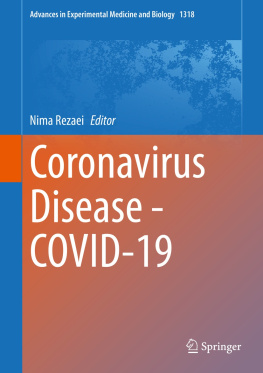

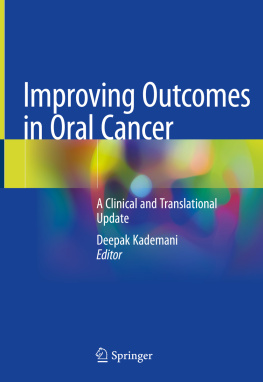
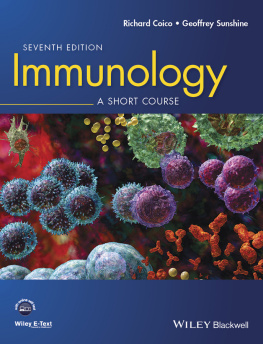
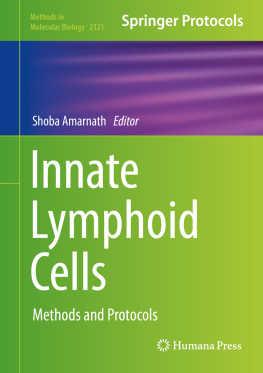
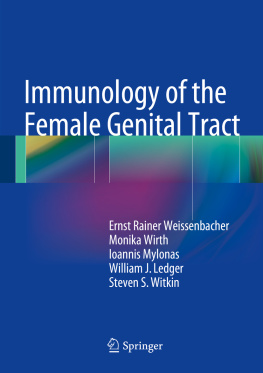

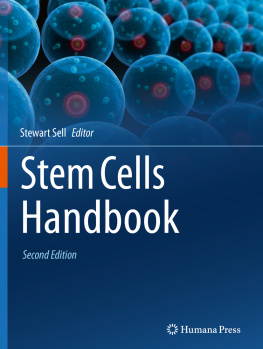
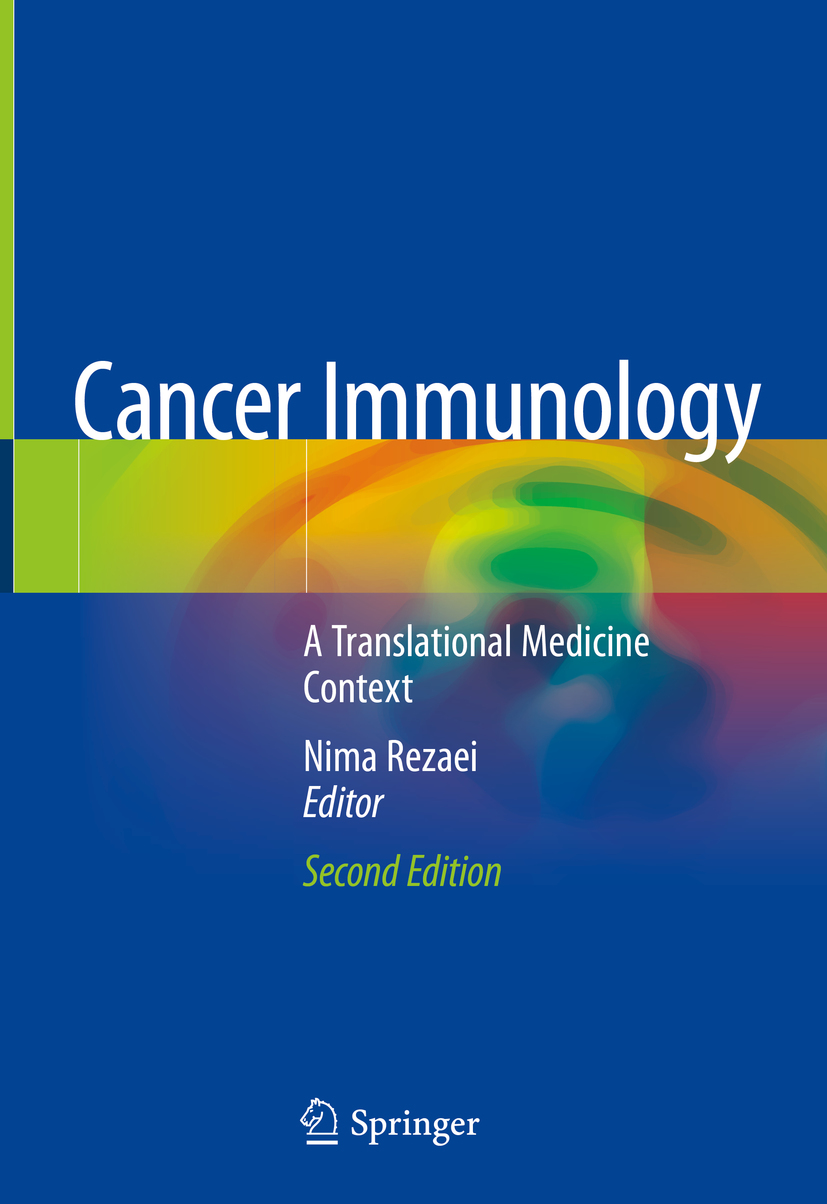

 The rapid flow of studies in the field of cancer immunology during the last decade has increased our understanding of the interactions between the immune system and cancerous cells. In particular, it is now well-known that such interactions result in the induction of epigenetic changes in cancerous cells and the selection of less immunogenic clones as well as alterations in immune responses. Understanding the cross-talk between nascent transformed cells and cells of the immune system has led to the development of combinatorial immunotherapeutic strategies to combat cancer.
The rapid flow of studies in the field of cancer immunology during the last decade has increased our understanding of the interactions between the immune system and cancerous cells. In particular, it is now well-known that such interactions result in the induction of epigenetic changes in cancerous cells and the selection of less immunogenic clones as well as alterations in immune responses. Understanding the cross-talk between nascent transformed cells and cells of the immune system has led to the development of combinatorial immunotherapeutic strategies to combat cancer.